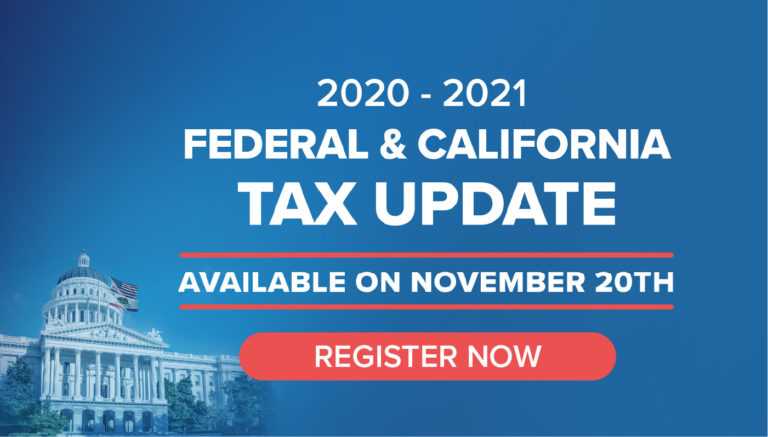
Article at a Glance:
- Partnerships filing Form 1065 for the tax year 2020 must calculate partner capital accounts using the transactional approach for the tax-basis method
- According to IRS data, most partnerships already use the tax-basis method even though multiple ways were permitted
- Tax basis method not previously used then the partnership may re-figure a partner’s beginning capital account using the tax basis method
- To promote compliance with the tax-basis method, the IRS intends to grant penalty relief for the transition to the new rules in 2020
Whether you prepare partnership and LLC returns and their accompanying K-1s or whether you input your clients’ K-1 to their tax returns, Form 1065 changes are essential to note.
Tax basis method required. After postponements for 2018 and 2019 Forms 1065, the IRS revised its instructions for partnerships required to report capital accounts to partners on Schedule K-1. Draft instructions for the 2020 Form 1065 need partners’ capital accounts to be reported on the tax basis method. For most of our small partnerships and LLCs, the partners’ capital accounts are reported on a tax basis method. Thus, change isn’t required. However, if the partners’ capital accounts were not reported on the tax basis method, work will be needed to adjust each partner’s beginning capital account to their tax basis.
If capital accounts have been reported on another method. Suppose the partner’s capital account last year was reported using any other way (for example, GAAP or §704(b)). In that case, each partner’s capital account for the partnership’s 2020 tax year must be changed to the tax basis method, using the “transactional approach.” Under the transactional approach outlined in the instructions (on page 31), partnerships report partner contributions, the partner’s share of partnership net income or loss, withdrawals and distributions, and other increases or decreases using tax basis principles, as opposed to reporting using other methods such as GAAP.
Example. Oakhill Housing, LLC has a HUD loan and must submit audited financial statements each year to HUD. The Form 1065 balance sheet and the partners’ capital accounts have been maintained on GAAP. For the tax year 2020, the partners’ capital accounts must be shown on a tax basis.
Tax basis method not previously used. If the partners’ capital accounts were reported using a method other than the tax basis method last year, but the partnership maintained capital accounts in their books and records using the tax basis method (for example, for purposes of meeting the requirement to report partner negative tax capital accounts), the partnership must report each partner’s beginning capital account using the tax basis method. Suppose the partnership did not maintain capital accounts under the tax basis method in its books and records. In that case, the partnership may re-figure a partner’s beginning capital account using the tax basis method, modified outside basis method, modified previously taxed capital method, or §704(b) method (described in the instructions on page 32) for 2020 only. The same method must be used to determine each partner’s beginning capital account. All other lines in item L must be reported using the tax basis method. The partnership must also attach a statement to the partners’ Schedules K-1 indicating the method used to determine each partner’s beginning capital account.
Tax basis and adjusted tax basis differ. The partner’s ending capital account as reported using the tax basis method in item L might not equal the partner’s adjusted tax basis in its partnership interest.
Generally, this is because a partner’s adjusted tax basis in its partnership interest includes the partner’s share of partnership liabilities, as well as partner-specific adjustments.
IRS Has Made Two Other Changes to the 2020 Form 1065
- Schedule K-1 no longer has a page 2 with the list of codes and descriptions begin on Page 20 of the Form 1065 instructions.
- An executor is responsible for notifying the partnership of the name and tax identification number of the decedent’s estate when the partnership interest is part of a decedent’s
Recent Stories
Next Up...
- |
- TaxByte
- |
- TaxByte
- |
- TaxByte






